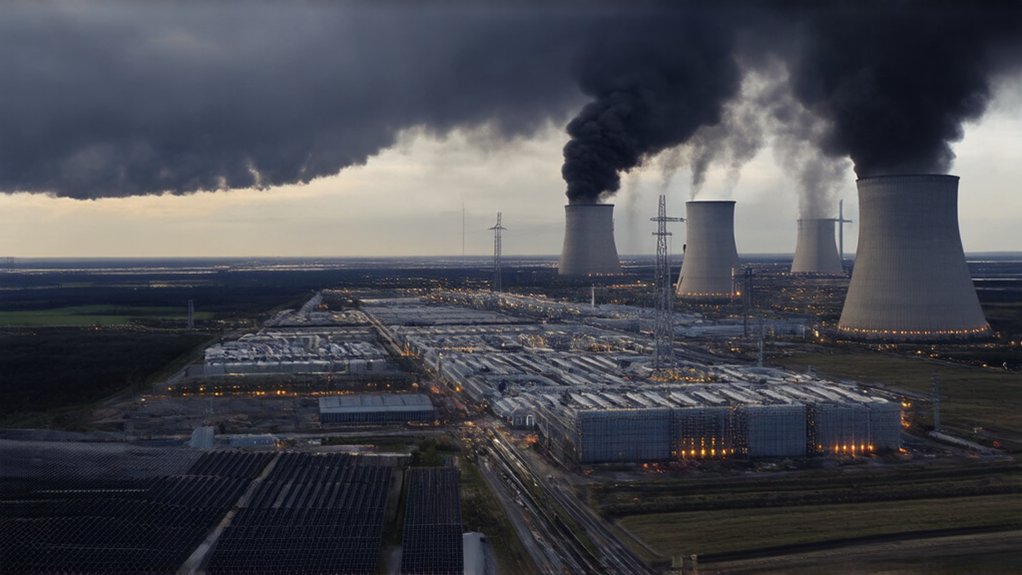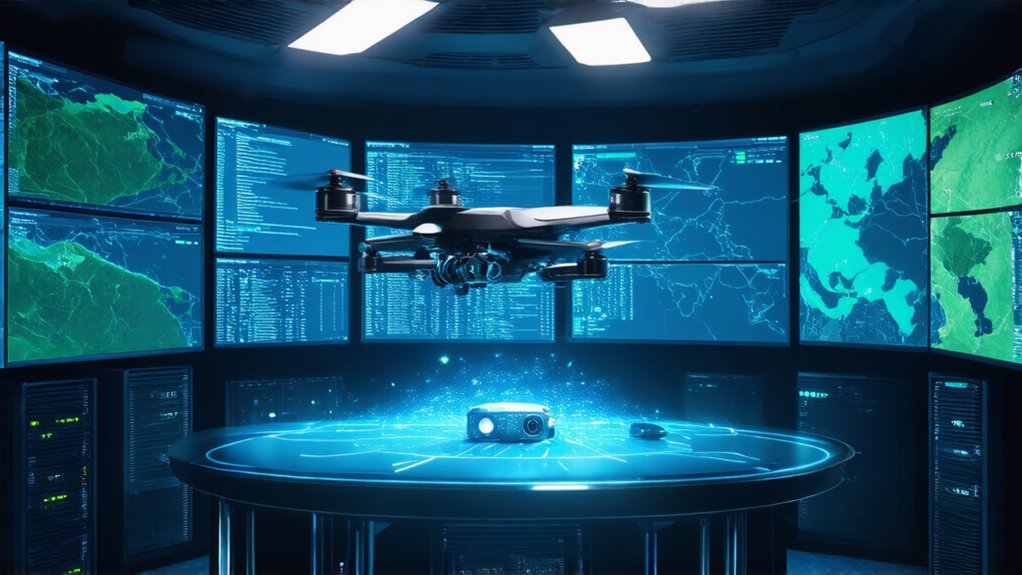While today’s AI struggles to properly caption cat photos, researchers continue dreaming of something far more impressive: superintelligent AI. These visionaries aren’t just hoping for slightly better algorithms—they’re imagining machines that think circles around the brightest human minds.
Superintelligent AI, or ASI, would exceed human capabilities across virtually all domains, making even the savviest tech genius look like a toddler with finger paints.
If ASI arrives, your PhD will look like my toddler’s crayon masterpiece on the refrigerator
Let’s be real. Current AI can’t tie its own digital shoelaces without specific programming. But that hasn’t stopped the techno-optimists from mapping out a path from today’s narrow AI to human-level general intelligence (AGI), and ultimately to superintelligence.
They’ve got quite the wishlist: creativity, emotional intelligence, self-awareness—basically everything that makes humans special, plus computational superpowers.
The dream is seductive. Who wouldn’t want machines that could cure cancer over breakfast, solve climate change by lunch, and eliminate poverty before dinner? These systems would theoretically process unfathomable amounts of data, learn autonomously, and improve themselves without human hand-holding. Revolutionary stuff.
Healthcare, finance, education—no industry would remain untouched. Scientific discovery would accelerate exponentially. Space exploration, nanotech, biotech would all leap forward. Abundance for everyone! At least that’s the sales pitch.
But here’s the uncomfortable truth. The gap between today’s AI and superintelligence is wider than the Grand Canyon. Getting there requires massive breakthroughs in learning, reasoning, and cognitive architectures. The most significant roadblock remains AI’s current inability to master common sense reasoning, highlighting just how far we still need to go.
We’re talking moonshot development in neural networks, natural language processing, and robotics. And all this assumes we can somehow replicate—then surpass—the human brain’s intricacies.
Meanwhile, researchers debate whether recursive self-improvement could trigger an “intelligence explosion,” creating entities we can barely comprehend. Some experts predict this technological singularity could occur between 2045 and 2060, representing a point of no return for human control over AI development. Cool. Not terrifying at all.
Bottom line: superintelligent AI remains more science fiction than imminent reality. The dreams are bold. The challenges? Even bolder. Perhaps we should master those cat captions first.




